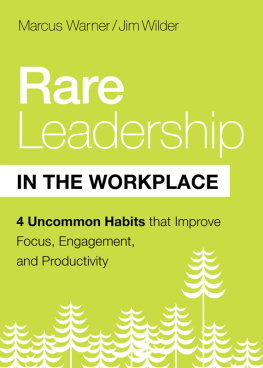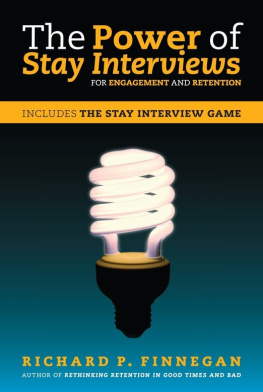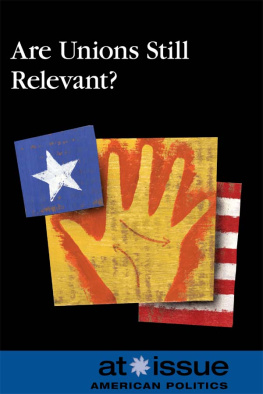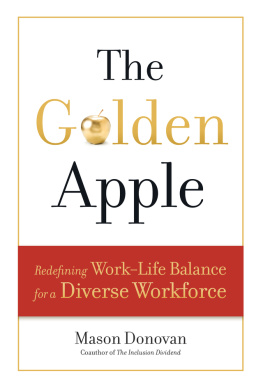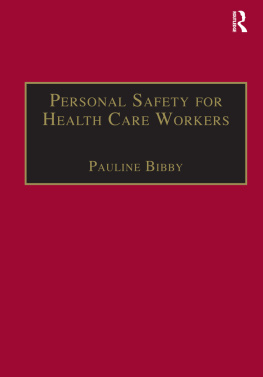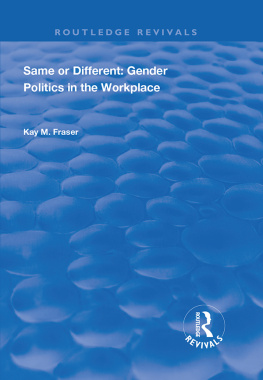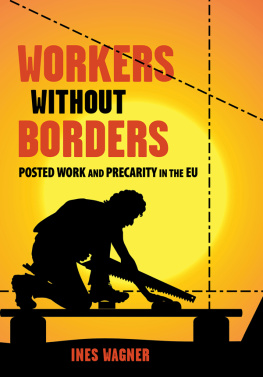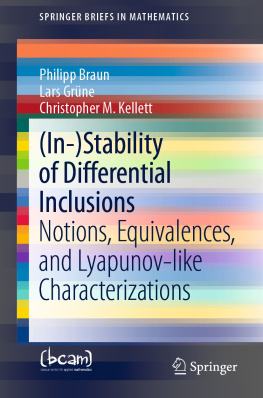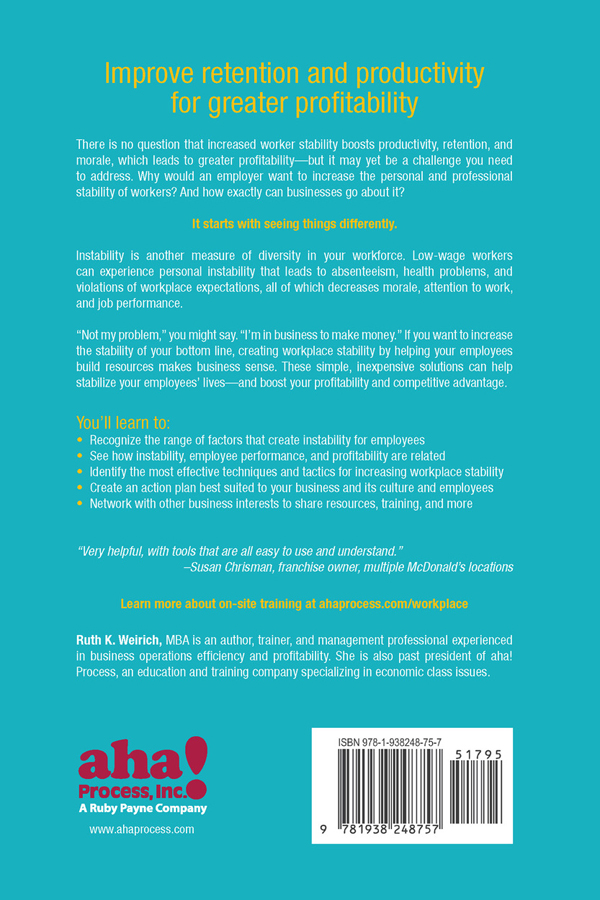
ACKNOWLEDGMENTS
The businesses, communities, and individuals who have used aha! Process's work on economic class before me have been my mentors and trainers. Many a business across the United States has done pioneering work with the strategies of Bridges Out of Poverty, and the low-wage and entry-level employees who experience daily instability have taught me so much about that environmentand about how meaningful employer support is.
I've learned so much from Ruby Payne, author of A Framework for Understanding Poverty and coauthor of Bridges Out of Poverty, as she was the first educator to bring economic class and its effects on individuals and communities to the forefront of the national discussion.
Thank you to Philip DeVol, coauthor of Bridges Out of Poverty and author of Getting Ahead in a Just-Gettin-By World, for his thinking about poverty and community sustainability. His wisdom and zen make him a treat to work with.
Thank you to Debra Whitehead and Beth Kuhn, who contributed to the project early on by creating the first outlines for aha! Process's work in the business sector.
A big thank you to all of the people from whom I've learned. Thank you to the following people for granting me time to interview you for this book: Sonia Holycross, Carol Steegman, Amber Werner, Michelle Wood, Ermina Soler, Marvin Green, Mary Hicks, LeLinda Ingram, Nyekiesha Marshall, Jamie Kearney, Jesse Quintana, Renee Salazar, Angela Steinbrecher, Susan Chrisman, Dave Barrett, Beth Pace, Lori DuFour, Sharon Berry, Shannen Millard, Victoria Sidener, Jane Canale, Nicole Baptiste, Nathan Mandsager, James Vander Hulst, James Connolly, Chad Tuttle, Joyce Gutierrez-Marsh, and Fred Keller. I learned from each of you, and your stories and comments have enriched this book for each reader.
Who can write a book without a quality editor and publications team? Thank you, Peggy Conrad, for your sound guidance and always patient spirit. Thank you to Paula Nicolella for your design expertise, and a big thank you to Jesse Conrad for your attention to detail.
Ultimately this process was made easier because of my husband, Scott Weirich. Because he picked up the slack, I was able to spend the countless hours that working on the book and workshop required. Thank you, thank you.

ABOUT THE AUTHOR

Ruth Weirich has been a management professional in the publishing industry for 30 years. She has experience in leadership, marketing, training, sales budgets, and financials. She received her MBA from Colorado State and her BA in Business Administration from Goshen College. With a love of maximizing an organization's operating performance and achieving its financial goals, Ruth has held responsibilities ranging from communicating with all stakeholders to preparing operating budgets to overseeing a strategic plan. Ruth is an active listener, a critical thinker, and has quick judgment and decision making skills.
Weirich recently was president of aha! Process. Working for a small company allowed her to have a hands-on experience with all the strategic projects the organization developed. Weirich presents the Workplace Stability training for aha! Process and also consults with executives who are working to stabilize the business and the workforce.
 | Join us on Facebook
www.facebook.com/rubypayne
www.facebook.com/ahaprocess |
 | Twitter
www.twitter.com/ahaprocess
#PovertyChat
#BridgesOutofPoverty |
 | Pinterest
www.pinterest.com/ahaprocess |
 | Subscribe to our YouTube channel
www.youtube.com/ahaprocess |
 | Respond to our blog
www.ahaprocess.com/blog |
 | Download free resources
www.ahaprocess.com |

BIBLIOGRAPHY
Addy, S., Engelhardt, W., & Skinner, C. (2013). Basic facts about low-income children: Children under 18 years, 2011. National Center for Children in Poverty. Retrieved from http://nccp.org/publications/pdf/text_1074.pdf
America's fortunes [Editorial]. (2004). The Atlantic, 293(1). Retrieved from http://www.theatlantic.com/magazine/archive/2004/01/americas-fortunes/302859/
Becker, K., Krodel, K., & Tucker, B. (2009). Understanding and engaging under-resourced college students. Highlands, TX: aha! Process.
Berne, E. (1996). Games people play. New York, NY: Ballantine Books.
Bersin, J. (2015a, January 7). Prediction 1: Culture, diversity, engagement and retention will be front-burner issues. Retrieved from https://www.shrm.org/publications/hrmagazine/editorialcontent/2015/010215/pages/010215-hr-prediction-one.aspx
Bersin, J. (2015b, January 7). Prediction 3: More companies will deal with overwhelmed employees. Retrieved from https://www.shrm.org/publications/hrmagazine/editorialcontent/2015/010215/pages/010215-hr-prediction-three.aspx
Bersin, J. (2015c, January 7). What's in store for HR in 2015? Retrieved from http://www.shrm.org/publications/hrmagazine/editorialcontent/2015/010215/pages/010215-2015-predictions-for-hr.aspx
Bhargava, D. (2004, August 13). How much is enough? The American Prospect, 15(9). Retrieved from http://prospect.org/article/how-much-enough
Blake, R. (2006, July 17). Employee retention: What employee turnover really costs your company. Retrieved from http://ezinearticles.com/?Employee-Retention:-What-Employee-Turnover-Really-Costs-Your-Company-and-What-to-Do-About-It&id=245277
Bond, J. T., & Galinsky, E. (2006). How can employers increase the productivity and retention of entry-level, hourly employees? Families and Work Institute. Retrieved from http://familiesandwork.org/site/research/reports/brief2.pdf
Bradley, J. R. (2003, spring). Bridging the cultures of business and poverty. Stanford Social Innovation Review. Retrieved from http://ssir.org/articles/entry/bridging_the_cultures_of_business_and_poverty
Next page

